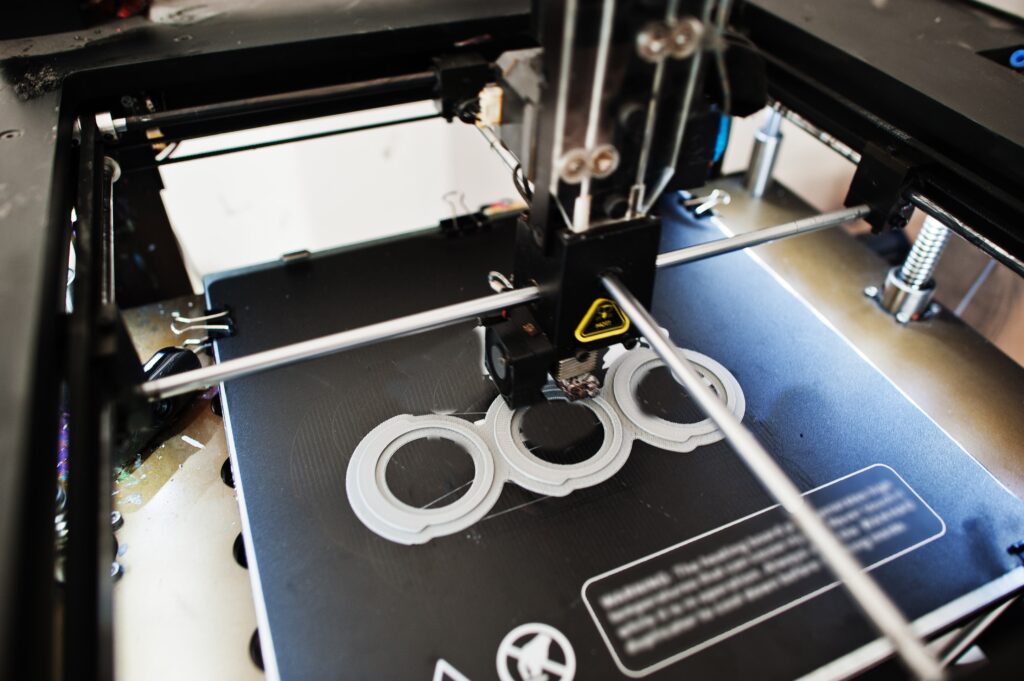PLA (Polylactic Acid) is a biodegradable thermoplastic filament that is widely used in 3D printing. It is a popular choice for beginners and hobbyists because it is easy to use and has a low melting point, which makes it compatible with a wide range of 3D printers. PLA is made from natural materials such as corn starch or sugarcane, making it a more environmentally friendly option compared to other plastics like ABS.
PLA filament is strong and durable, making it suitable for a wide range of applications such as prototypes, figurines, and home decor. It also has a glossy finish and comes in a wide range of colors and translucent options.
One of the main benefits of PLA filament is that it is easy to print with and has minimal warping, which makes it less prone to warping or cracking during the printing process. Additionally, it has a low odor and produces minimal emissions, making it a safer option for indoor use.
However, PLA has some limitations. It is not as heat-resistant as other materials such as ABS, which means it is not suitable for applications that require high temperatures. Additionally, it’s not as flexible as other materials, so it’s not recommended for applications that need to bend or flex.
Overall, PLA filament is a popular choice for 3D printing due to its ease of use, low cost, and environmental friendliness. It is suitable for a wide range of applications, but it has some limitations that need to be considered when selecting a material for a specific project.




